Candy washing machine does not spin - what to do
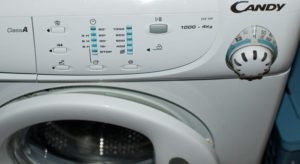 A washing machine that has been used for several years can break down at any time. The symptoms of such a breakdown are very different, for example, the Candy washing machine does not spin out the laundry after washing. What to do in this case? Firstly, do not panic, and secondly, check what could cause such a malfunction. This article will help you with this.
A washing machine that has been used for several years can break down at any time. The symptoms of such a breakdown are very different, for example, the Candy washing machine does not spin out the laundry after washing. What to do in this case? Firstly, do not panic, and secondly, check what could cause such a malfunction. This article will help you with this.
Breakdown or error?
When faced with the problem of a lack of spin in the machine, you must first eliminate all user errors. So to speak, make sure that the machine is really broken. The fact is that the laundry will remain wet if a mode has been selected for which spinning is not provided or it takes place at low speeds. As a result, it seems to you that the machine has stopped spinning well.
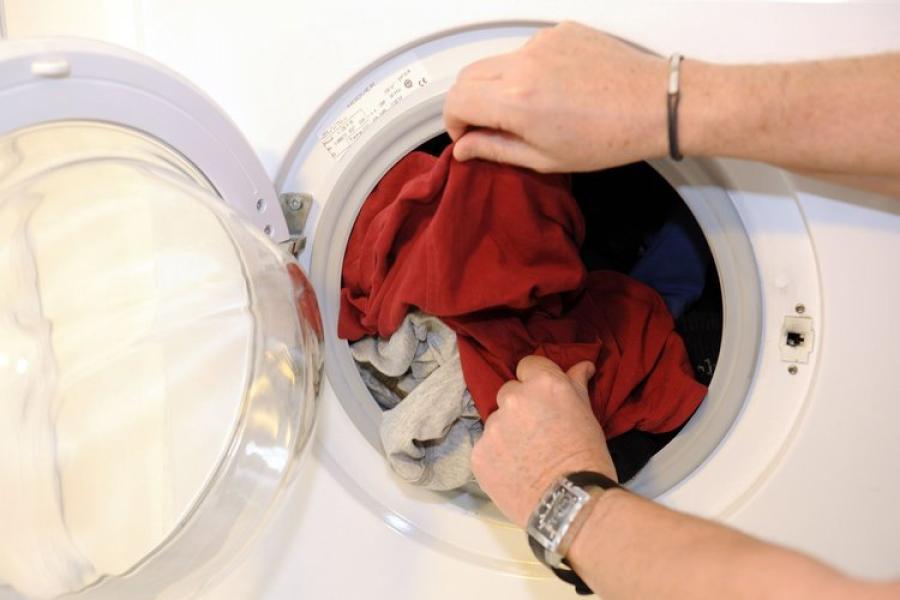
In addition, some users turn off the spin cycle and then forget to turn it on. Another common reason when the washing machine does not spin is improper distribution of the laundry. This happens when there is too little laundry in the drum, or it is bulky, but at the same time very light, for example, organza curtains.
In this case, you need to check whether the machine spins in principle by turning on the spin function separately and placing cotton products, for example, towels, in the drum.
The reason for poor spinning or lack thereof may be a clogged drain filter. It is enough to unscrew the filter located at the bottom of the machine and wash it. When unscrewing the part, be prepared for water pouring out of the hole, so prepare a good large rag and place a flat container.
Typical breakdowns
If the washing machine does not spin, under any circumstances, even the separate spin function does not start, then most likely, some part in the machine is broken. Most often Kandy washing machines fail:
- drain pump;
- control module (more precisely, controller on the module);
- tachometer
The breakdown of any of these parts blocks the operation of the equipment, spinning does not occur. To identify the breakdown and fix it, you will have to stock up on time and tools. First of all, you will need screwdrivers and pliers, as well as a multimeter.
Troubleshooting
Troubleshooting is best started with the pump. In Kandy brand washing machines it is removed and installed through the bottom. To do this, you need to put the equipment on its side. Next, all wires and pipes that are held with clamps are disconnected from the pump.
For your information! After disconnecting the pipes from the pump, you can also wash them using a soft brush. This way, you will not only clean them of dirt and mucus, but also of unpleasant odors.
From the removed pump, first remove the cover and check the functionality of the impeller. If there is no hair or debris on it, and it rotates well, then proceed to checking the electrical part of the pump. Taking a multimeter, check the resistance of the part. If it burns out, then there is only one option - buy a new pump and install it to replace the old one.
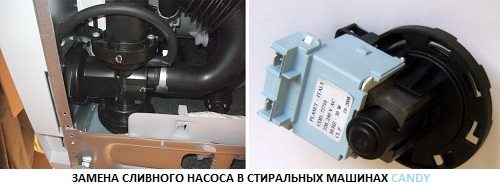
After the pump, check the tachometer. It is installed on the motor, so this check procedure is quite justified. To do this, you only need to open the service hatch on the back of the case or remove the entire back cover. Below under the tank you will see the engine, on the shaft of which there is a tachometer.Before removing it, you must first remove the drive belt from the pulley and the engine, and then unscrew the engine and remove it from the machine.
Now we disconnect the wires from the sensor and measure the resistance, which normally should be 60 ohms. Pay attention to the bolt that holds the sensor. It should not hang out, otherwise the speed sensor will “glitch”. The replacement of this part is written in the article Tacho sensor in a washing machine.
Important! The motor sensor breaks down when the washing machine is overloaded with laundry. Therefore, never load your “home assistant” to the maximum, otherwise the laundry will stretch worse and the wear of parts will increase.
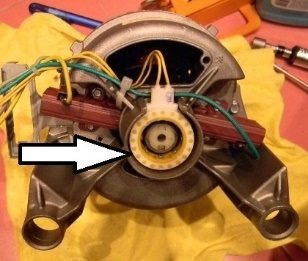
Perhaps the most problematic part of the Kandy washing machine is the control module. This is the electronic part of the washing machine, which is not so easy to check, especially if you have not encountered this and are a complete layman. If this is the case, then it is better to immediately call a specialist and entrust this work to him, since otherwise you can run into troubles that will result in significant expenses.
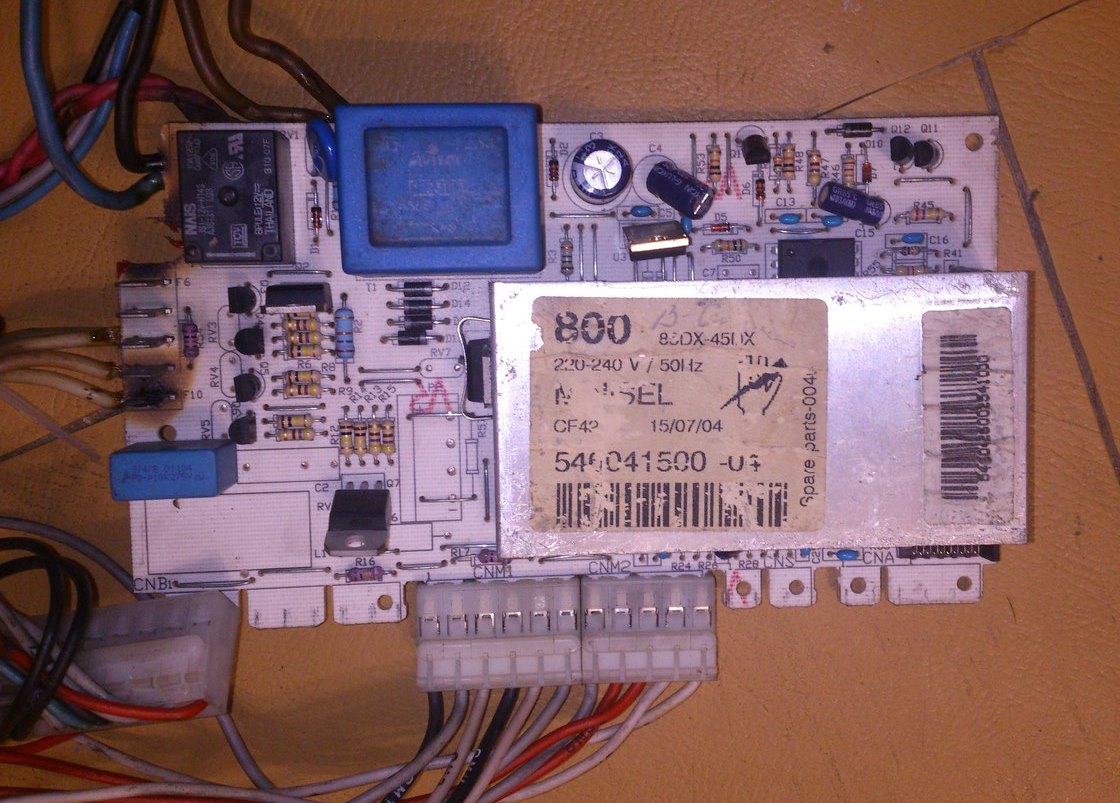
If you have at least a little knowledge of electronics and you have had to work with printed circuit boards, carefully check all the controllers you see for functionality using a multimeter. One of them is responsible for spinning. You can, of course, first download the module diagram and find out which part is responsible for what, but it is much easier to check and detect a fault at random. True, this will only work if the controller is really faulty, if there is a problem with a track or other semiconductor part, then a circuit will definitely be needed.
To summarize, we note that if the washing machine was working, working, and then “bang” - it decided to stop spinning, you need to immediately look for the cause of the problem. It is important to remember that a malfunction found at the wrong time leads to a trail of additional problems. And the longer we use a faulty washing machine, the more expensive the repair will be later.
Interesting:
1 reader comment






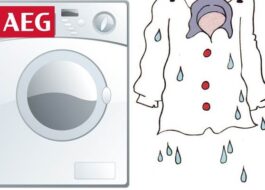














Thanks a lot! Very useful article!